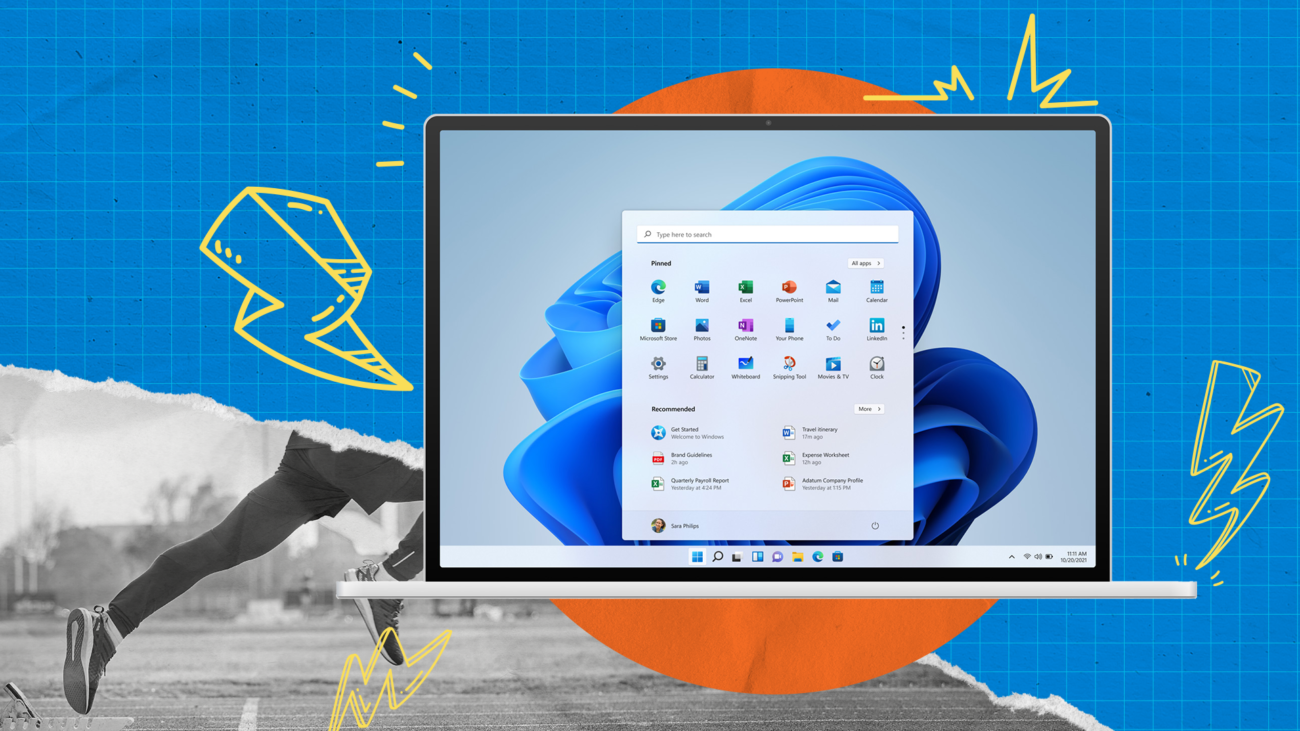A sluggish computer can turn simple tasks into frustrating ordeals. Whether you’re dealing with slow startup times, laggy applications, or general system slowdowns, the good news is that many performance issues can be resolved with some straightforward maintenance and optimization techniques. Here are practical steps you can take to breathe new life into your computer.
Clean Up Your Storage Space
One of the most common culprits behind slow performance is a cluttered hard drive. When your storage is nearly full, your computer struggles to find space for temporary files and system operations.
Start by removing programs you no longer use. Go through your installed software and uninstall applications that are gathering digital dust. Large games, creative software, and utilities you haven’t touched in months are prime candidates for removal.
Next, tackle your files. Delete old downloads, clear out your desktop, and organize your documents. Consider moving photos and videos to cloud storage or an external drive. A general rule of thumb is to keep at least 10-15% of your hard drive space free for optimal performance.
Don’t forget about temporary files and system clutter. Both Windows and Mac have built-in disk cleanup tools that can safely remove cache files, temporary internet files, and other digital debris that accumulates over time.
Manage Your Startup Programs
Many programs automatically launch when you start your computer, even if you don’t need them immediately. This can significantly slow down boot times and consume system resources in the background.
Review your startup programs and disable unnecessary ones. On Windows, you can do this through Task Manager’s Startup tab. On Mac, check System Preferences under Users & Groups, then Login Items. Keep essential programs like antivirus software, but disable things like media players, chat applications, or software updaters that you can launch manually when needed.
Keep Your Software Updated
Software updates often include performance improvements and bug fixes that can make your computer run more smoothly. Enable automatic updates for your operating system and regularly update your most-used applications.
Your web browser, in particular, benefits from frequent updates. Modern browsers are complex programs that handle everything from video streaming to online applications, so keeping them current can noticeably improve browsing speed and overall system performance.
Restart Regularly and Manage Background Processes
If you’re someone who never shuts down their computer, you might be surprised by how much a simple restart can help. Restarting clears your computer’s memory, closes unnecessary background processes, and gives your system a fresh start.
Make it a habit to restart your computer at least once a week, or whenever you notice it running slower than usual. This simple step alone can resolve many performance issues.
Add More Memory When Possible
If your computer is still struggling after trying these software solutions, it might be time for a hardware upgrade. Adding more RAM (Random Access Memory) is often the most cost-effective way to improve performance, especially if you frequently multitask or work with memory-intensive applications.
Before purchasing additional memory, check how much RAM your computer currently has and what its maximum capacity is. Many computers can benefit from upgrading from 4GB to 8GB of RAM, or from 8GB to 16GB for more demanding users.
Keep Your System Clean and Cool
Physical cleanliness matters too. Dust buildup inside your computer can cause overheating, which leads to performance throttling as your system tries to protect itself from damage.
If you’re comfortable doing so, carefully clean the vents and fans of your computer using compressed air. For laptops, ensure you’re using them on hard, flat surfaces that allow proper airflow rather than soft surfaces like beds or couches that can block ventilation.
Consider Your Browser Habits
Modern web browsers can consume significant system resources, especially when you have many tabs open or extensions installed. Regularly close tabs you’re not using, and review your browser extensions to remove ones you don’t actively need.
If you’re a heavy internet user, consider using a lightweight browser or enabling features like tab suspension that automatically pause inactive tabs to free up memory.
The Bottom Line
Most computer slowdowns are caused by software issues rather than hardware failures, which means they’re often fixable with some basic maintenance. Start with the easiest solutions like restarting your computer and cleaning up storage space before moving on to more involved steps like hardware upgrades.
Regular maintenance is key to keeping your computer running smoothly. Set aside time monthly to clean up files, review startup programs, and restart your system. With these simple practices, you can keep your computer performing well for years to come and avoid the frustration of dealing with a sluggish machine when you need it most.
